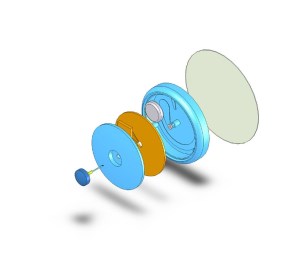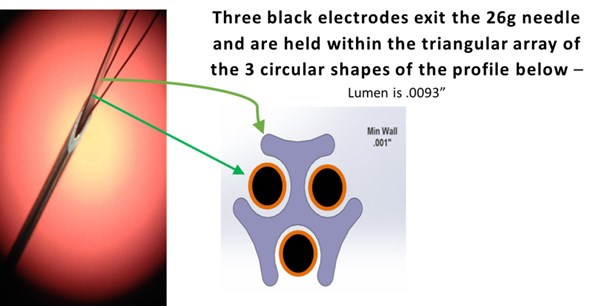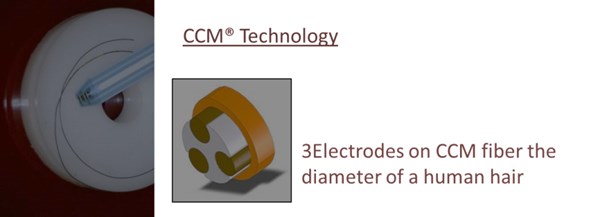ST. LOUIS, Nov. 24, 2014 (GLOBE NEWSWIRE) -- Worldwide concerns over the Ebola virus have caused us to be confronted with a critical question, "Can Pepex's patented CCM® 3Electrode Sensor detect the Ebola virus"? It is well known that Pepex's novel "Sensor Module" designs have a broad range of diagnostic applications. The idea of developing sensors for the antibody/antigen reaction is not new to Pepex and has long been a part of the ongoing development path.
Photos accompanying this release are available at
http://www.globenewswire.com/newsroom/prs/?pkgid=29303
http://www.globenewswire.com/newsroom/prs/?pkgid=29304
http://www.globenewswire.com/newsroom/prs/?pkgid=29305
The only real question to ask is can Pepex respond quickly enough, in a responsible way, to provide such a needed diagnostic tool. Currently, the chemistry for antibody/antigen reaction will require some final development steps for the 3E system, but the production process for the "CCM 3Electrode Sensor" and manufacturing of the "LS Sensor Module" remain the same as other Pepex diagnostic devices and do not require any deviation from the current design path.
Pepex has reached out to several government and private sources for funding to accelerate manufacturing for its 3E LS® production system.
Imagine the advantages of Pepex's "Button Style" 3E LS Sensor Module that requires no attached meter but transmits results via NFC communication protocol to a nearby monitoring station. The device is about the size of a silver dollar with an adhesive back. Pushing the little blue button (CCM Sensor Module) activates the device and transmitter to then obtain test results in a matter of seconds.
Healthcare workers, or other certified screeners, do not need to risk coming in contact with an infected patient or be exposed to contaminated blood (Pepex 3E sensor test in tissue and requires no blood droplet). It also eliminates the need for long quarantines (the antigen would be detectable prior to measurable symptoms and is either in the body or not).
With it clearly understood that Pepex can provide the right Sensor Module solution, an appropriate support structure becomes the key element. For that part Pepex is heavily reliant on strategic partners to provide the electronics that will be used for data transmission, regulatory management, and non-recurring engineering costs to transfer production protocols.
Pepex is continuing all-out efforts to meet immediate capital needs so that we may escalate our diagnostic solution for Ebola testing. If funding efforts are successful, Pepex would apply those dollars to a rapid expansion for production ramp up and emergency regulatory approval.
How the 3Electrode LS Module works
The chemistry containing the reference electrodes are all inside the needle which allows lancing the skin, acquiring the interstitial fluid sample, and electrochemical analysis all to occur in a few seconds without the need for drawing or handling blood. This closed system addresses contagion in one direction and sample contamination in the other creating a self-contained, remotely read, all-in-one diagnostic test.


